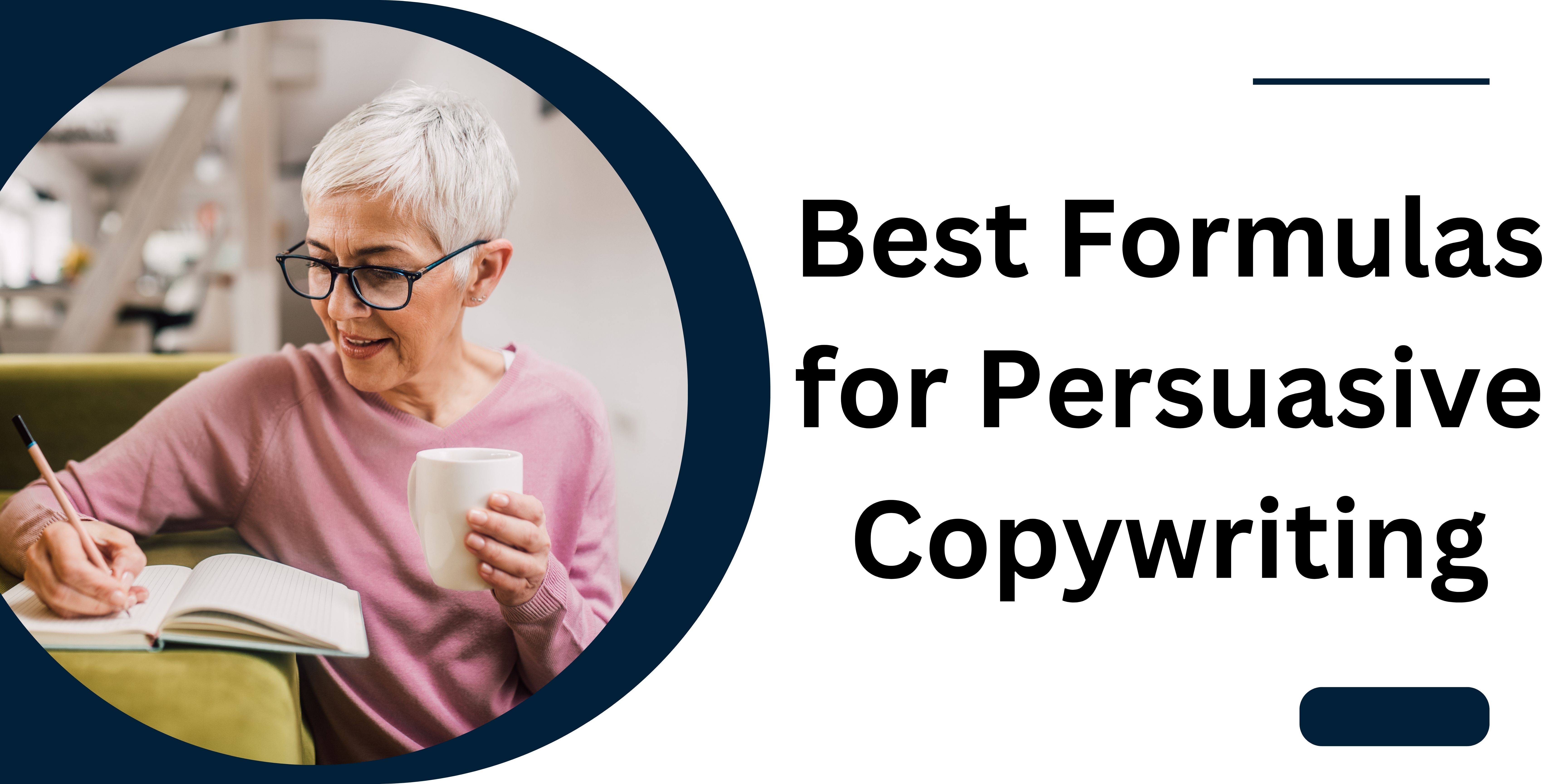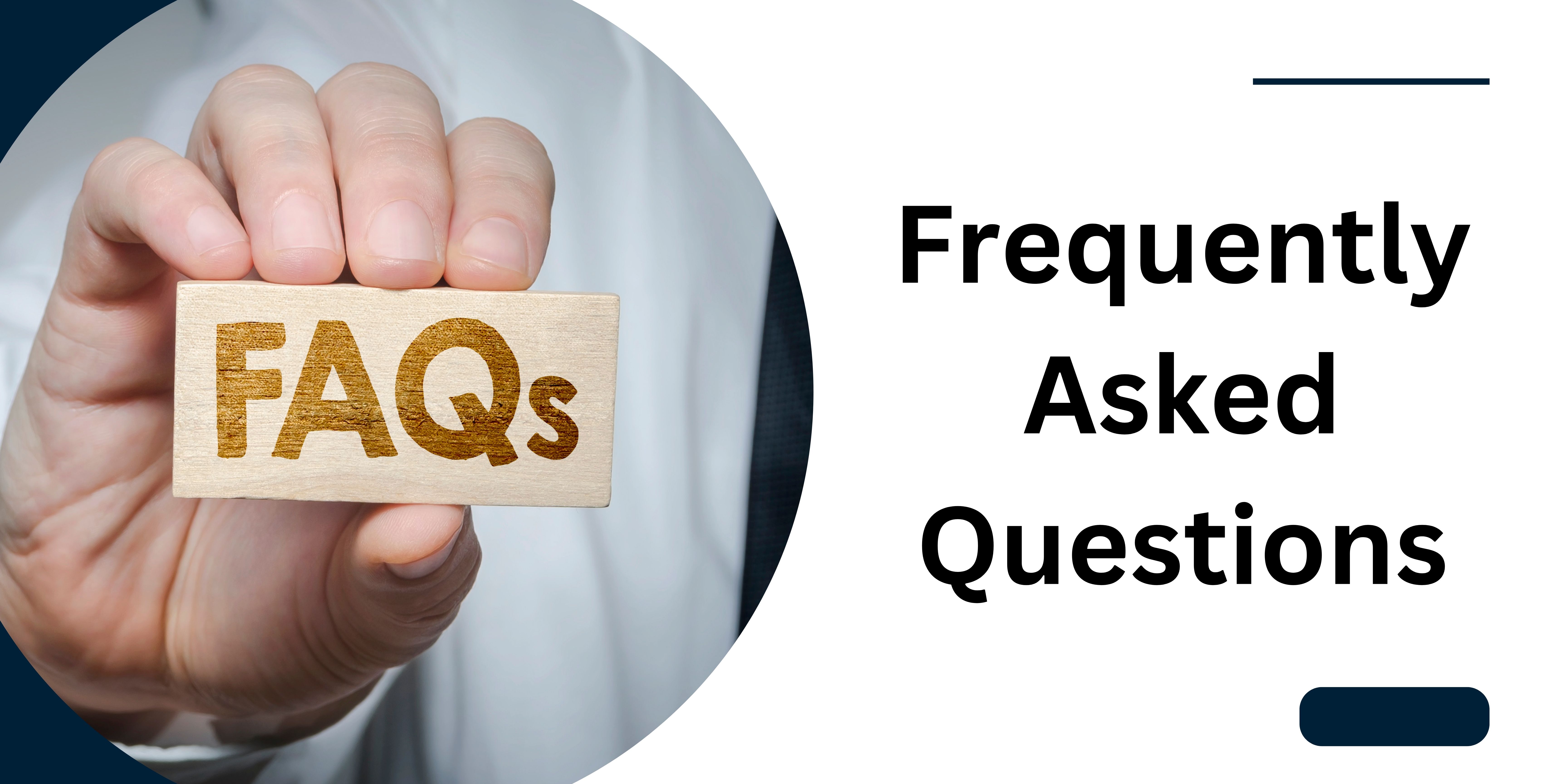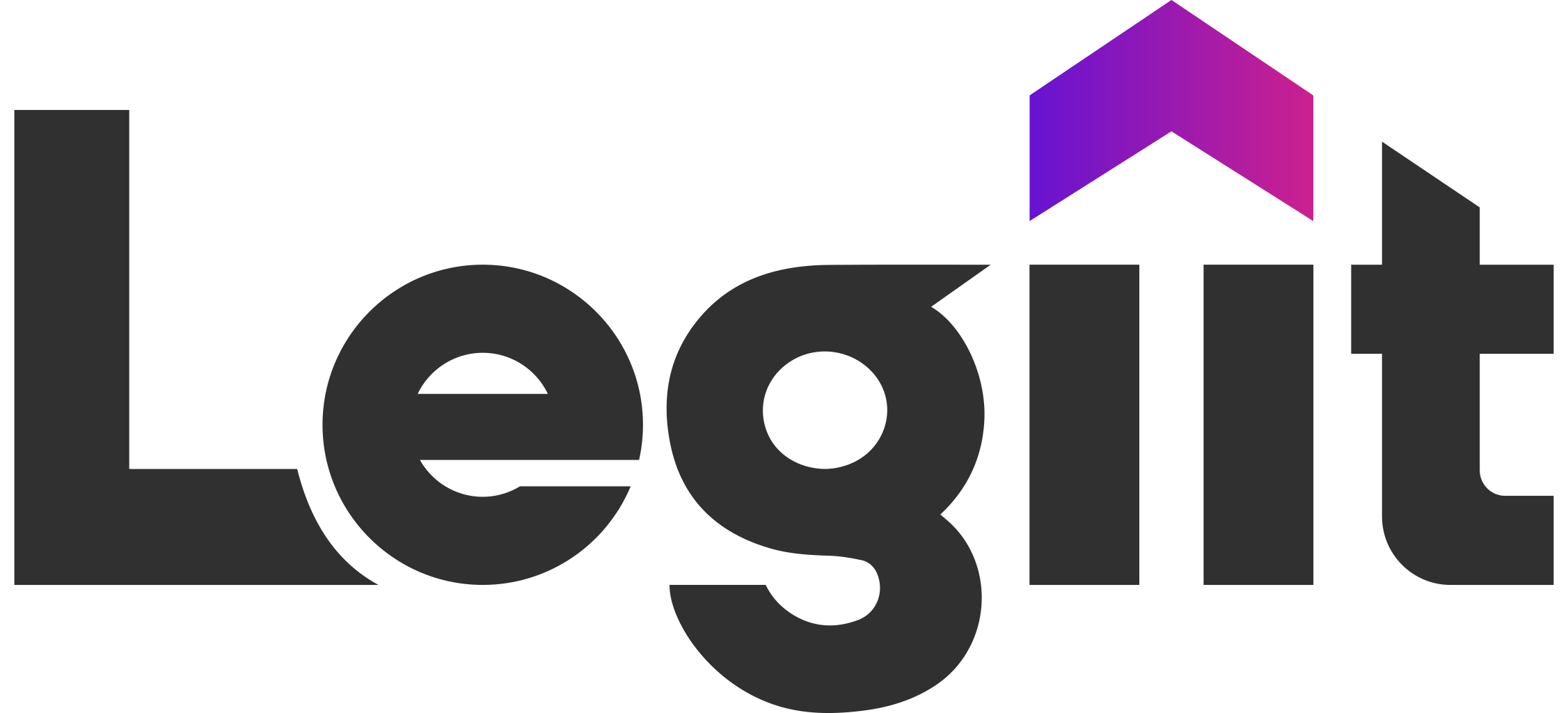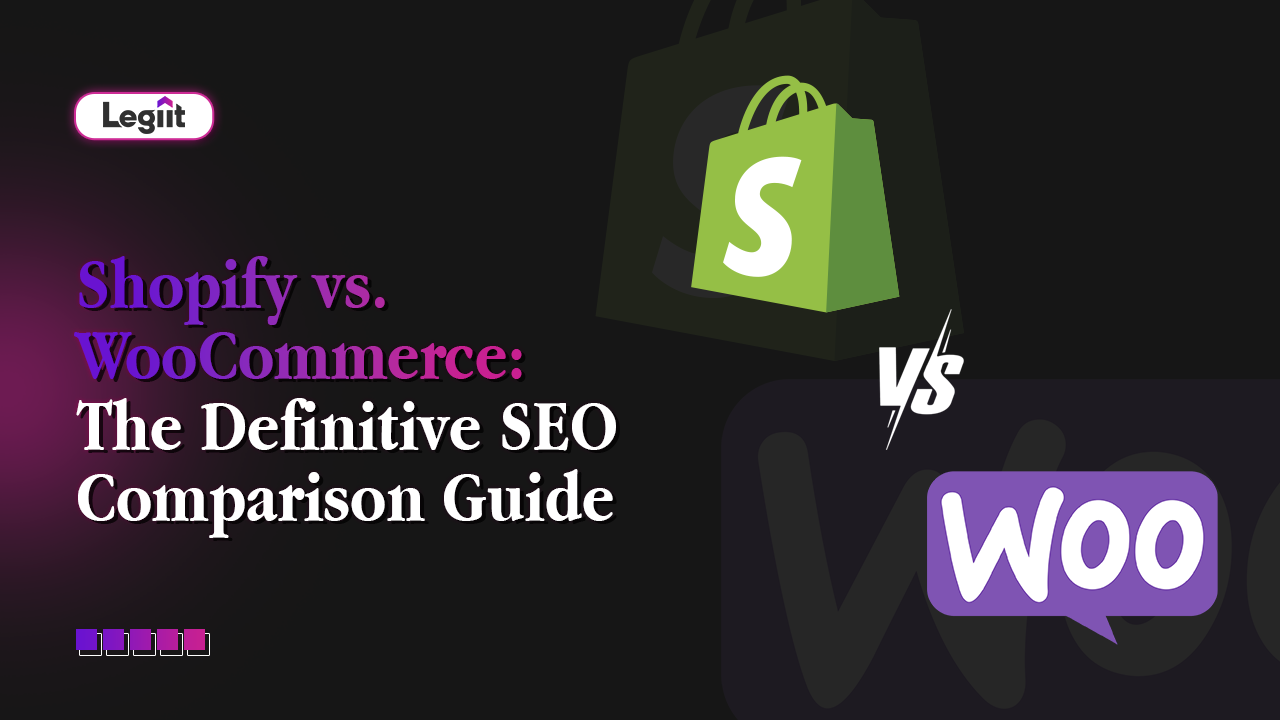If you are not yet using persuasive copywriting as part of your copywriting strategy, then you are losing out on converting your audience through the magic of using the right words.
Writing a persuasive copy enables you to build trust in your audience, earn more conversions, and turn your audience from readers into committed buyers.
If you understand how to leverage your copy into convincing customers that they need your product and why they do, the growth of your business is limitless. But how do you write a persuasive copy and get your readers to the point whereby they would trust you enough to give you their wallet?
We wanted to help you gain a massive advantage when writing either an online or offline persuasive copy, and that's the reason we wrote this article. In this post, we've answered all your pertinent questions concerning fundamental concepts of persuasive copywriting. Let's dive in.
What Is Persuasive Copywriting?

Persuasive copywriting refers to the practice of writing compelling content with the purpose of promoting a product or selling a service. It is generally aimed at getting people or convincing customers to take a desired form of action using persuasive words.
Persuasive copywriting is both an art and a science that can be learned. For content to be persuasive and copywritten, it has to sell.
When done well, persuasive copywriting moves users or readers to subscribe, opt in, or buy what you are offering.
Persuasive writing takes a lot of time, plenty of work, and effort to master. As we go on in this article, you'll understand more about these details. But the main details about copywriting is that you need to use persuasive words to:
* Convince people to buy
* Generate more engagement
* Enforce the need for a product or service in the minds of readers and customers.
Persuasive copywriting can be found in several sources including:
* Ads (social media, digital, print)
* Landing pages
* Website copy (side pages, home pages)
* Email marketing pages
* Sales pages
The purpose of these forms is clearly defined and it is always designed to enable the reader to move on to the next steps in the sales process.
Copywriting content does not feel tedious to the intended audience. In fact, they don't realize that they are being sold until after they've made a purchase.
Best Formulas for Persuasive Copywriting

If you are looking for a formula that can help your copywriting become persuasive and gain more conversions, here are some simple steps.
This formula applies to different areas of text that a reader can find in advertisements, pages, or emails.
Headline Formulas
The headline is the first and most important thing in copywriting. Why? Because it can make a good copy or totally destroy one. As a persuasive writer, the headline is the first opportunity you have to ensure that your target audience reads your copy.
The headline is the section of a page that should contain eye-catching elements. Apart from communicating the primary purpose of the page, it shows readers why they should care enough to continue reading that content.
Many copywriters are pressured when it comes to writing strong and catchy headlines. While this pressure is justifiable, there are ways to do it better and get the flow, easy-peasy.
Here are some headline formulas that can serve as a template for drafting yours:
Heading 1: For Selling a Product:
* A competitor's product [had this undesirable effect] but, your own brand or another [has it better in its features].
Example: Other weight loss brands sell to the general public, but this brand niches down to focus on women.
A crafted copy example from this template could be like this from Leanbean:
Professionally formulated for women, Leanbean harnesses the power of nature to help you reach your goals.
Heading 2: For Specific Target Customers
* For [designated end user] who [mention the pressing need or problem], [the name of your brand] is [the category] that offers [ state the benefits that the customers can enjoy from you].
Example: For an athlete who is looking for versatile socks that can handle several types of weather, temperature and still keep them comfortable.
A crafted copy example from this template could be like this one from Bombas Hex Tec:
Hex Tec enhances breathability when you are hot, locks you in when you are cold, and keeps you just the right amount of comfortable while you perform.
Heading 3: The Statistics or Eye-opening Copy
* Statistics [show this thing] as [affecting this other thing], the solution is [fantastic ideal]!
Example: Mega retailers get the highest customer spend while small businesses suffer from lack of visibility. Small businesses need to sell too.
A crafted copy example from this template could be like this from Goodbuy's creative video text: 70% of all US online spending goes directly into the pockets of 15 mega-retailers. Meanwhile, 2.1 million small businesses (selling those same products) end up on page 10 of your search results. Say hello to the easy button for conscious shopping. Add Goodbuy – it’s free!
Heading 4: The Solution Provider
* End users are tired of [state the pain point, discomfort, or objection], but they [state the pressing need]. [Name of your product or service] is the ultimate solution that you need.
Example: You need your pups or dogs to eat fresh food everyday. Not just fresh, but high quality as well.
A crafted copy example from this template could be like this from Ollie: Each recipe is made with human-grade ingredients, customized for your dog, and designed by a canine nutritionist. What more could you want?
Heading 5: For Selling a Service:
* [The name of the service] is a [Category of service] where users can enjoy [state an exciting outcome that end users look forward to] without [a disadvantage or a known pain point]
Example: Instagram creators is a social media platform where people can connect with others, create beautiful content, and become influencers.
A crafted copy example from this template could be like this from Instagram: Connect with more people, build influence, and create compelling content that's distinctly yours..
Did you notice how in each of these five heading examples, the pain points of end users [or what they are currently missing out on] were all leveraged to offer what they need to buy? That's exactly what copywriting does. If it's not selling, it's not a good copy.
Web Page Copy

Once you have crafted a wonderful headline, the next part is the web page. Generally, full web pages allow a reader or customer access to more body copy. However, you need to be able to keep the reader interested until the end of the page to achieve your desired results.
How do you do this? Two popular copywriting formulas can help you. They are AIDA and PAS.
AIDA
This is one of the most popular formulas for copywriting. It, however, has several forms and variations. The advantage is that AIDA as a concept works, so whatever the variation, you can be sure to get results.
AIDA is an acronym for Attention, Interest, Desire, and Action. Let's look at what each of them entails in detail.
Attention
Customers and readers all have content (shoved) in their faces all the time. To pull their laser interest, you need to be able to grab their attention.
To achieve this, you need to know your customer and how you can best put yourself out there, in front of them, and make them listen to you - even though there are other competitors.
Interest
After capturing the attention of your customers, it is important to provide something that keeps them glued.
This is where you start to introduce interesting concepts and ideas that make them think about and anticipate what your product or service could be.
Desire
What needs are your target audience or designated end users looking to solve? In this step, you need to be able to show that you have the solution to their problems and that they can get it.
At this point, your target customers are already willing to take the offer you provide.
Action
Also call to action. What step do you want the buyer to take here? Should they subscribe to a service or buy a product? Should they supply their emails? Don't leave them to guess.
Even though it may be simple and obvious, it is crucial for you to state the specific action that you want them to take after they are done interacting with your content.
The AIDA formula shows you how to dig until you reach the major part of what you are trying to solve.
PAS
This is a simple sales formula that convinces target customers to take action and promises marketers high rates of conversion. It has many variations as well, with several copywriters introducing their styles.
Just like the AIDA formula, PAS is also an acronym with each word describing what the formula stands for. It means Problem, Agitate, and Solve.
Problem
You need the most intricate details of the problems that your prospects are experiencing or looking for a way to solve. Find out where they are in their present journey and see how your product or services fit.
Agitation
This is the point where you appear to escalate the issue by using vivid descriptions to drive home your point. You however need to be careful not to introduce any intense negative emotion. The aim here is simple: you're making them see that they have a serious problem and that they need a solution.
Solution
This is the part of the copy that soothes the intensity of the agitation. It solves the problem of the prospect.
At this point, your readers should understand the connection between the problem and the solution, particularly how what you're offering is going to help them. Your designated end user should be happy that they finally have the answers they've been looking for.
Writing Persuasive Words

When copywriting persuasively, be as creative as you can and remember that enough research and the right brand message will help you reach your target audience better.
Several people have several methodologies, and you can choose to use either AIDA or PAS. However, consider your customers mostly. Your goal should be looking to write what would hit the right nerves and make them tick. This way, you'll be sure to produce better copies for your target audience.
Principles of Writing Great Persuasive Copies
So, how do you write great and effective persuasive copies? here are the four major principles you should know
1. Know Your Audience
No matter the project, the very first principle is to know who your target audience or prospect is. It is in knowing them that you can understand their major pain points.
Once you've achieved both, the next step is to write about those pain points with a style of communication that is most likely to talk through to them.
Knowing who your audience makes it easy for them to relate to your copy on a personal level which means more conversions for you.
2. Spotlight the Benefits
Before you begin writing your copy, the next principle is to find out the advantages of the features of the product or service that you are offering to your target audience.
Since you want them to buy from you, what will they enjoy when they do? What features of the product or service really matter?
If your product or service is authentic, this should not be a problem. The answer will be clear - it is what your target audience cares about, the solution that they are looking for.
First, highlight the benefits so that they can see the solutions to their pain points. After which you can describe the products or services and the features.
3. Have a Unique USP
USP means a unique selling proposition. It is the core part of the message that sets your copy apart from that of the competition. Try to figure out what that product or service offers better than anyone else, or what they (products and services) offer that the competitors do not.
If this is difficult to come by, study what the competition is not highlighting, even if their products and services are similar. This is how you can make your product stand out and show all the benefits in the marketing copies that you craft.
4. Make Your Persuasive Copy Simple
It is risky to be unclear about any detail when copywriting. Your copy should not come across to readers as manuals or brochures. In fact, your target audience should be able to understand what you have written without reading it twice.
The safety net here is not assuming that readers already know what you're talking about. It's important to make them see it.
When you're crafting any piece, ask yourself; "if I didn't know anything about this subject and I had a short time to scan through, will I grasp it quickly?"
Be unbiased. If your answer is no, you should simplify your copy immediately.
How To Make a Copy Persuasive

The primary purpose of a persuasive copy is to convert.
When a copy is written with persuasive words that make it compelling, it plays on the readers' emotions such that they can take the required action. Either they need to share, download, click, or make a purchase.
For your copy to be persuasive, it must have the following qualities:
Properly Written
Persuasive copywriting is properly written, free of errors, professional, easy to understand, and clear.
Succinct
When a copy is too long, it starts to look jumbled and can even lose its meaning to readers. As a result, persuasive copywriting is straight to the point, brief, and sweet.
Brilliant
Your readers won't be persuaded if your copy is not intelligent enough. While it is wrong to assume that they know everything, it will also be deadly to think that they know nothing at all.
For your copy to be persuasive, it should be forward-thinking and smart.
Relevant
What persuades a target audience may not do well in persuading another. Due to this, your copy should be of interest to your target audience in that industry.
Psychology of Persuasion
Understanding how the human mind works is valuable for persuasive copywriting because it can enable you to predict certain actions and responses.
Here are a few psychology tips that can help your copies become more persuasive:
Storytelling
The mind is powerful. When you read a story, your mind can re-enact it and make it look as though you are living that story. This makes storytelling essential if you must write compelling or persuasive copy.
In copywriting, you can turn an absolutely boring product into an interesting one by simply wrapping a story around it. It engages the mind and yields impressive results.
Reciprocity
In reciprocity, there is a feeling of obligation to give something in return to people who give to us.
This idea works well in marketing and copywriting. When you offer customers something for free (for instance, a free quote or a free ebook), they are more likely to be persuaded to take the desired action by your copy.
Authority
As humans, we tend to respect ideas and opinions if we think that they come from someone who is qualified in that industry.
You can create this sense of authority in your copy by using statistics or referring to an established authority on the subject matter.
Personalization
Generally, people love experiences that feel personal because it makes us feel in control, says a study by the University of Texas.
Personalization also reduces information density. Receiving personal information feels more unique, tailored, customized, and less overwhelming.
This is why it is crucial to direct your copy to your unique target buyer, not the general public.
Social Proof
The concept of mirroring other people's actions also applies to copywriting. We tend to do things other people have done or make a purchase if we see someone who has.
Social proof can be demonstrated in copywriting by using testimonials and other users as case studies.
Scarcity
This is the final concept. According to studies, people generally perceive things as important when they are limited. This same principle can be applied to the fear of missing out [FOMO].
Creating the illusion of scarcity by only offering a limited number of products or services creates a sense of necessity that gets people interested in your offer.
Frequently Asked Questions

How Can I Be Persuasive in Copywriting?
Here is how you can persuade your audience with your copy:
* Write a properly written copy
* Be succinct; brief and sweet
* Write something brilliant
* Ensure your copy is relevant to the industry that your target audience is in
What Are the Four Ps of Copywriting
The four (4) Ps of copywriting are promise, picture, proof, and push. It can also be interchanged for AIDA which stands for attention, interest, desire, and action. While there are variations, it works for all kinds of marketing, via any medium, in any industry.
What Is the Golden Rule of Copywriting?
The golden rule of persuasive copywriting is this; you must know the target audience that you are writing for so that you can craft a compelling copy.
Without adequate knowledge of your target audience, it is difficult for your copy to be persuasive.
What Should You Avoid As a Persuasive Copywriter?
As a persuasive copywriter, you should avoid writing in vague and unclear terms. Rather, break down your copy into the simplest terms so that readers can understand it once. Don't assume that your readers already know what you are talking about. Instead, make them see it.
Conclusion
Writing a good persuasive copy enables you to earn more conversions, turning your target audience from readers into buyers over time using persuasive words.
Persuasive copywriting is what gives your content meaning, it is the foundation for SEO, content creation, and content marketing. It is both an art and science that can be learned, and when done well, moves users or readers to subscribe, opt in or buy what you are offering.
However, you must understand your customer first because that is how you start to persuade.












 Download
Download